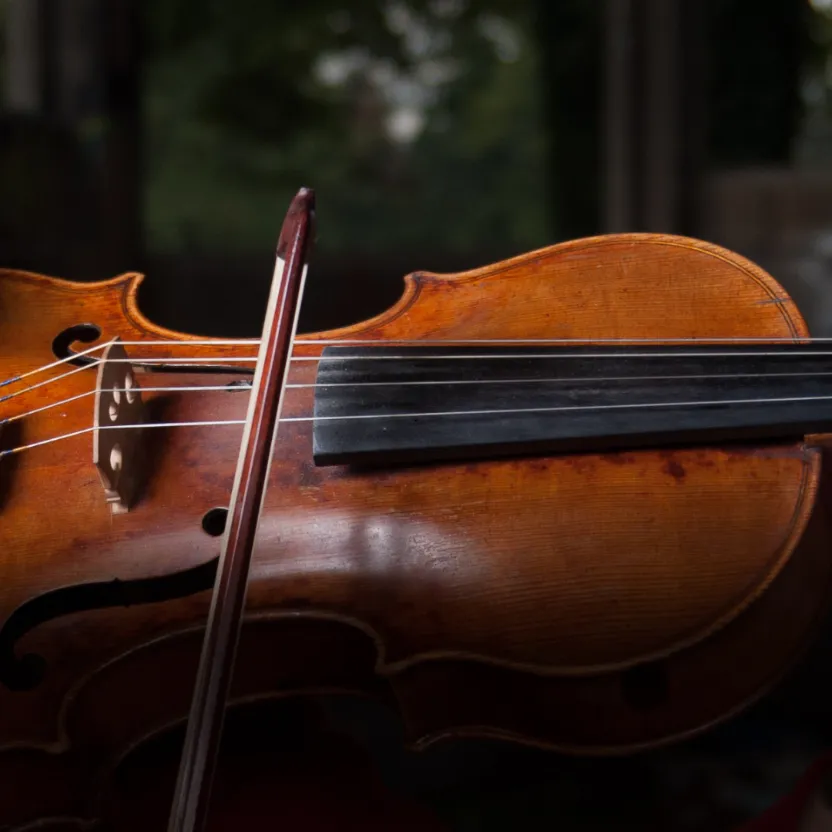As a viola player, you know that your instrument is an extension of yourself. Whether you are a beginner just starting out or a seasoned professional, regular maintenance and cleaning are essential to ensure that your viola continues to produce the rich, warm tones it was meant to. In this comprehensive guide, we will walk you through the steps needed to clean your viola’s body, strings, and bow hair, as well as provide tips on bridge and soundpost adjustment, peg care, and storage best practices. By following these guidelines, you will help preserve your instrument’s beauty and sound quality for years to come.
Cleaning the Viola Body
Materials Needed
To thoroughly clean your viola’s body, you will need the following materials:
– Soft, lint-free cloth (microfiber is ideal)
– Specialized violin/viola cleaning polish (optional)
– Soft-bristled brush (for hard-to-reach areas)
Step-by-Step Process
1. Begin by gently wiping down the entire surface of your viola with a soft, lint-free cloth. This will remove any dust, rosin, or debris that has accumulated on the instrument’s surface. Pay special attention to areas where rosin tends to build up, such as near the bridge and fingerboard.
2. If you notice any stubborn dirt or grime, you can use a small amount of specialized violin/viola cleaning polish on your cloth. Be sure to follow the product’s instructions and use it sparingly, as excessive polish can damage your instrument’s finish. A little goes a long way!
3. Use a soft-bristled brush to clean any hard-to-reach areas, such as the corners and around the f-holes. Be gentle to avoid scratching the surface. A soft toothbrush can work well for this purpose.
4. Once you have cleaned the entire viola body, use a clean, dry cloth to remove any remaining polish or residue.
Cleaning the Viola Strings
Materials Needed
To clean your viola strings, you will need:
– Soft, lint-free cloth
– Alcohol-based string cleaner (optional)
Step-by-Step Process
1. Gently wipe down each string with a soft, lint-free cloth. This will remove any rosin buildup or dirt that has accumulated on the strings. Be sure to clean the entire length of each string, from the bridge to the nut.
2. If you notice any stubborn grime or rosin buildup, you can use a small amount of alcohol-based string cleaner on your cloth. Apply the cleaner to the cloth, not directly to the strings, and be sure to follow the product’s instructions. Avoid getting any cleaner on the viola’s body or varnish.
3. After cleaning the strings, use a clean, dry cloth to remove any remaining residue.
4. Remember to clean your viola strings regularly, ideally after each playing session. A buildup of rosin and dirt can affect your instrument’s sound quality and cause your strings to deteriorate more quickly. If you notice a dull or muffled sound, it may be time for a string cleaning.
Maintaining the Viola Bow Hair
Cleaning the Bow Hair
To clean your viola bow hair, follow these steps:
1. Gently wipe down the bow hair with a soft, dry cloth after each playing session. This will remove any excess rosin and prevent buildup. Use long, smooth strokes from the frog to the tip of the bow.
2. If you notice a significant accumulation of rosin, you can use a soft-bristled brush (such as a toothbrush) to gently brush the hair from the frog to the tip. Be sure to brush in the same direction as the hair’s natural growth to avoid damaging the bow hair.
3. Avoid using water or any cleaning solutions on your bow hair, as this can cause damage and affect the hair’s ability to grip the strings.
Storing the Bow Properly
Proper bow storage is crucial for maintaining the integrity of your bow hair and the overall condition of your bow. Always store your bow in a safe, dry place, preferably in a dedicated bow case or a compartment within your viola case. When storing your bow, be sure to loosen the hair tension by turning the bow screw counterclockwise. This will prevent the bow from losing its shape and protect the bow hair from stretching or damage.

Additional Maintenance Tips
Bridge and Soundpost Adjustment
Over time, your viola’s bridge and soundpost may shift slightly due to changes in humidity, temperature, or string tension. If you notice a change in your instrument’s sound or playability, it may be time to have the bridge and soundpost adjusted by a qualified luthier. Avoid attempting these adjustments yourself, as improper technique can cause considerable damage to your viola.
Peg Care
Proper peg care is essential for maintaining your viola’s tuning stability and ease of use. Periodically, apply a small amount of peg compound or peg drops to the pegs to ensure smooth operation and prevent slipping. If your pegs become difficult to turn or stick, consult a luthier for professional maintenance.
Storage Best Practices
To protect your viola from damage and maintain its optimal condition, follow these storage best practices:
– Always store your viola in a sturdy, protective case when not in use.
– Avoid exposing your instrument to extreme temperatures, humidity, or direct sunlight.
– Consider using a humidifier or dehumidifier to maintain a consistent environment, especially if you live in an area with significant seasonal changes.
– Never leave your viola in a car, as temperature fluctuations can cause considerable damage.

Conclusion
Regular cleaning and maintenance of your viola and bow are essential for preserving your instrument’s beauty, sound quality, and longevity. By following the steps outlined in this guide and incorporating the additional maintenance tips, you can develop a consistent care routine that will keep your viola in top condition. Remember, the more diligent you are with your instrument’s care, the longer it will provide you with the beautiful, rich tones you love.
As you continue your journey as a practicing musician, consider exploring the comprehensive online music education resources available through Practicing Musician. Their platform offers a wide range of video tutorials and guides, including in-depth lessons on instrument care and maintenance, to help you become the best musician you can be.
For a helpful visual guide on cleaning your viola, check out this informative video from Practicing Musician:
Getting to Know Your Viola: Cleaning Your Viola
Picking Out Your Viola – Lesson: Cleaning Supplies








Leave A Comment
You must be logged in to post a comment.